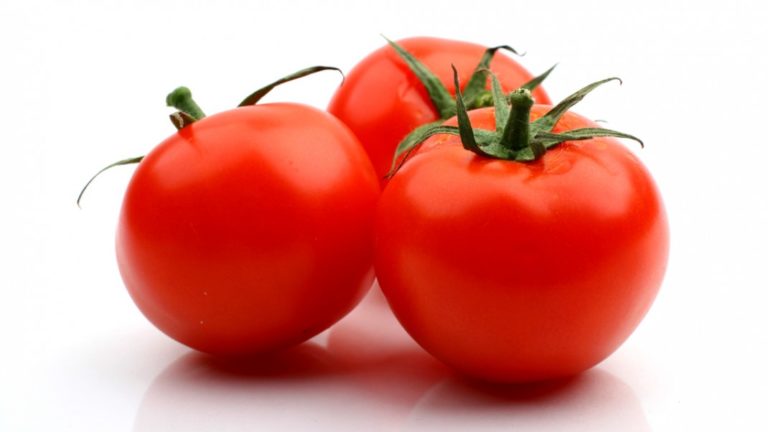What is a Yogic Diet

A Yogic diet is a balanced diet that ancient Yogis believed had a huge influence not only over our physical well being, but also over our thoughts, and ultimately our emotional and spiritual well being. This diet can also be called lacto-vegetarian, which means that it is made up of non-animal foods with the exceptions of dairy items and honey. With continued awareness about the body through yoga you may find that vegetarian foods become a natural choice. It can also help you maintain the same energized, light feeling that is achieved through yoga. Also, if you are going a more spiritual way you may decide that your love for every living being outweighs your need for animal foods. Non-animal foods can help you attain a higher level of spirituality by generating positive energy. You don’t need to be a ‘Yogi’ to establish this diet in your life, just a desire to live healthier and happier.
Many believe it’s difficult to switch to a non-animal diet. The thing you need to remember is that you don’t have to stop eating meat and fish all at once. But you can gradually reduce these foods from your diet. First cut down on red meat, and then gradually eliminate it from your diet.As you find other vegetarian foods you enjoy, you can give up poultry and fish as well.Eating the right kind of food is important in achieving a healthy balance in your body and mind.
In yogic literature, foods that are beneficial to us are said to be Sattvic, or pure. Sattvic foods form an ideal diet, keeping the body nourished while being easy to digest. They create new energy, clarity and a clear, calm mind, enabling us to use all our mental, physical, and spiritual abilities. Sattvic foods include cereal, fresh fruit and vegetables, milk, butter, nuts, seeds, lentils, rice, grains and honey.
Impure foods that can upset our physical or emotional balance are referred to as being Tamasic (stale) and Rajasic (stimulating). Too much of these foods can cause restlessness, agitation and a distracted mind. Foods in this category are sour or pungent foods, like onions, garlic, curry, fish, meat, eggs, salty or spicy foods and beverages, such as alcohol, coffee and black teas.
How to start
Eat as many fresh fruits and vegetables as possible. Cooking vegetables destroys vitamins so you should try to eat some raw vegetables everyday.
Whole grain products are a must. They provide much needed fiber that keeps our metabolism functioning at a high level.
Water, water, water… hydration is key to a healthy body and mind.
Avoid processed foods… always. Heal your body and the environment.
Respect the food and yourself. Sit at the table, even if you’re alone, and put out your best silverware. Treat yourself as you would a guest.
A true yogic diet may seem strict and not everyone wants to or can follow the rules.But even applying a few of these suggestions to your diet will enhance your well being. While you will find great improvement through regular yoga practice, without intentional eating, it can be limited. Make the effort to create a new life balance for yourself through a Yogic diet.
This simple Tomato Soup recipe shows how delicious the Yogic diet can be.
FRESH TOMATO SOUP
- 1 pound tomatoes
- 2 tablespoons olive oil
- 1 medium red bell pepper, chopped
- 1 carrot, grated
- 2 celery sticks, chopped
- ¼ cup fresh basil, torn
- 3 cups hot water
- salt and pepper to taste
Heat the oven to 400° F and roast the tomatoes until the skins fall away, about 10 minutes. Remove the peels and chop tomatoes. Sauté the pepper, carrot and celery until soft. Add oregano and basil. Simmer on low for 3 minutes. Add water and chopped tomatoes. Season with salt and pepper. Simmer for 20 minutes. Use blender to puree. Serve topped with fresh basil.
How Your Emotional State Relates to the Ayurvedic Doshas

Ayurveda is the science of life. It is a holistic form of wellness that uses natural, earth-based wisdom to promote individual balance and health. Ayurveda teaches that there are three universal intelligences at work in the macrocosm of the universe and in the microcosm of our bodies. These intelligences are called the doshas. The doshas are made up of a combination of the five great elements: earth, water, fire, air, and ether. These five elements tend to group together into pairs that create the doshas: Vata, Pitta, and Kapha.
Vata
Vata is likened to the combination of air and ether; it is light, dry, cold, and changeable. It rules everything in the body and the universe that has to do with movement, transportation, and communication. Our speech, for example, is ruled by Vata dosha as is the motion of our intestines during peristalsis.
Pitta
Pitta is the combination of the fire element with a bit of moisture. It is the intelligence that governs everything that transforms, digests, and metabolizes. It governs all that transforms in our bodies; the enzymatic action of the stomach, the power of our sight, and our metabolism are some of the areas of the body ruled by Pitta dosha.
Kapha
Kapha dosha is likened to earth and water. It is heavy, cool, and stable. It rules our immunity, our strength, and our stability. Kapha dosha also rules the watery places in the body, the lining of the stomach, and the inside of the mouth, as well as our overall strength and immune system.





































